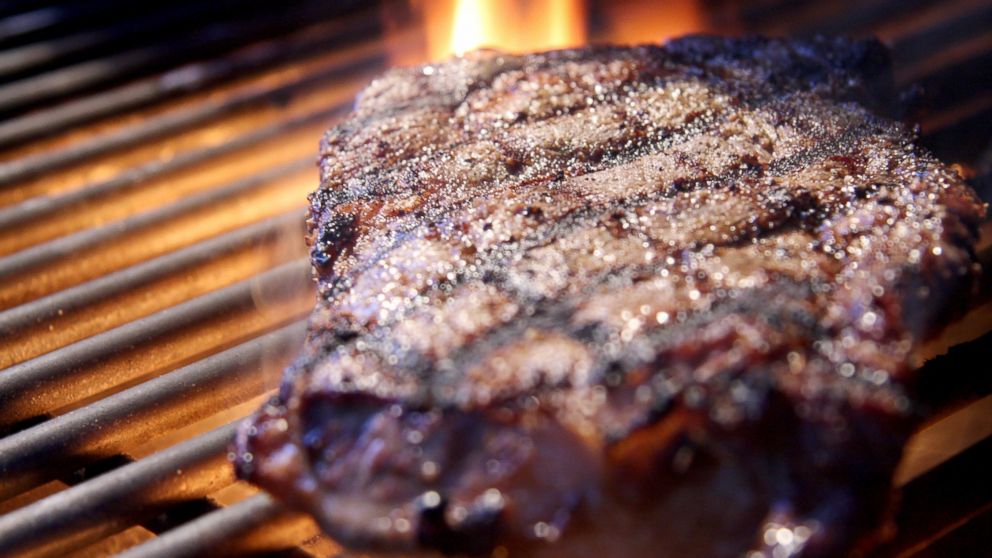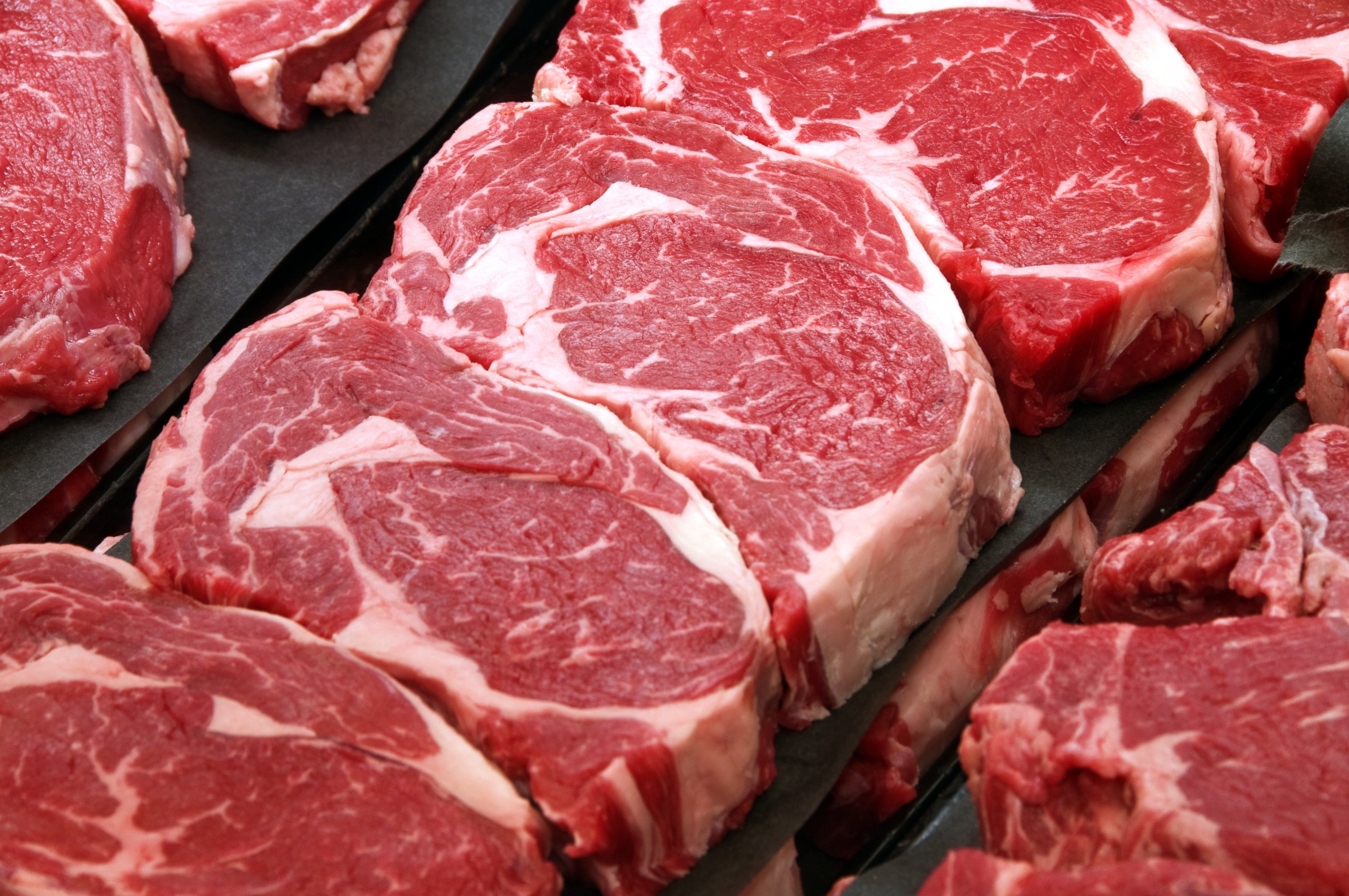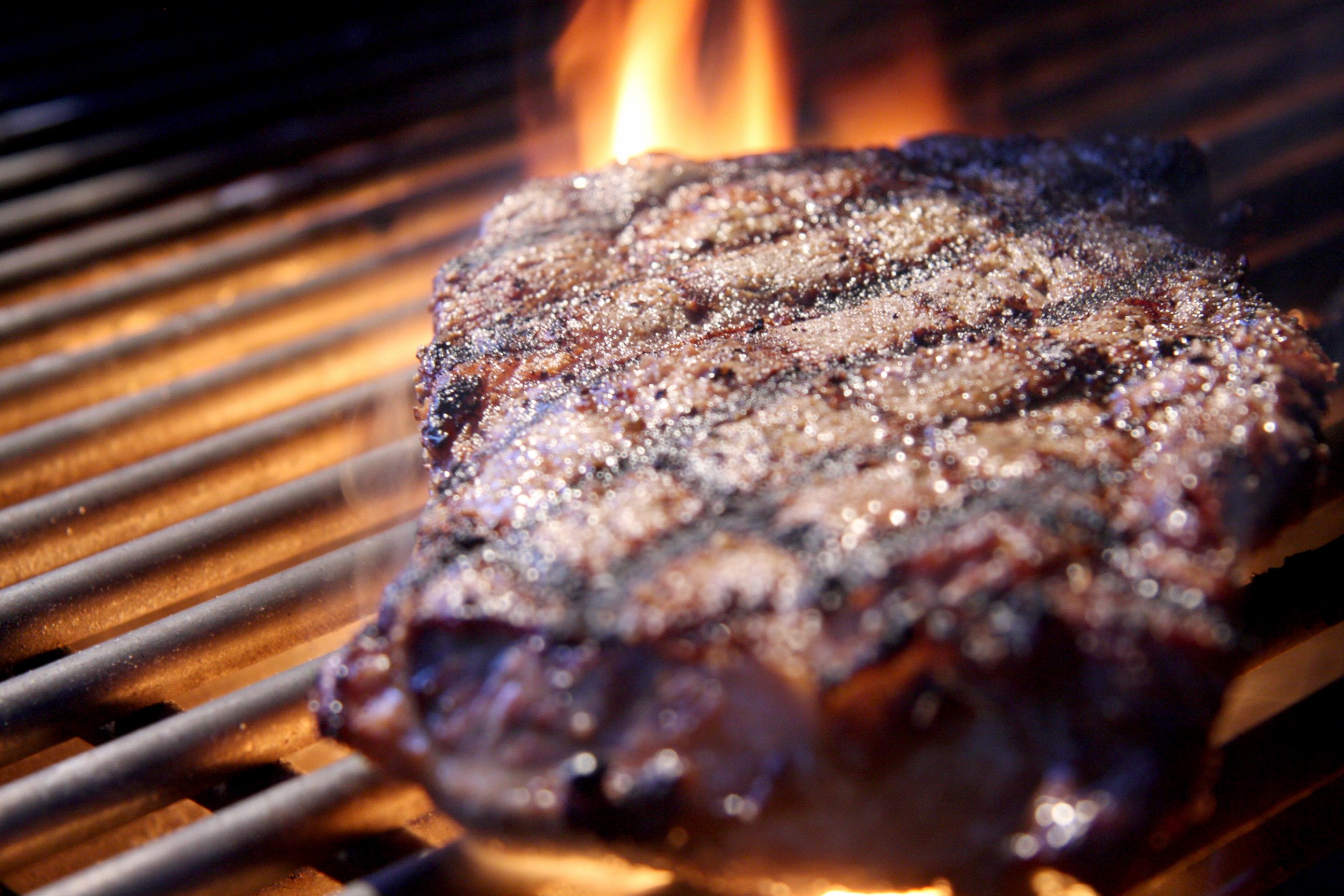Grill the Perfect July 4th Steak
Grilling the perfect steak can seem intimidating, but it doesn't have to be.

— -- Tomorrow is the Fourth of July -- a day also known as the daddy of all summer holidays and the ultimate time to bust out the grill. Grilling the perfect steak can be an unnecessarily mystifying feat and intimidating for many, but it doesn’t have to be that way.
Amiro Cruz, the corporate executive chef of Wolfgang's Steakhouse with locations in New York, Beverly Hills, Miami, Hawaii and Tokyo, broke down every single piece of information you need to know, from buying the right piece of meat to how best to serve it. Read on for his top steak grilling tips that make it easy for even a beginner to approach the grill.
Buy USDA prime cuts. “It’s the very best you can acquire,” Cruz said. Yes, USDA prime is the most expensive out there, but if you can’t bust out the big bucks for July 4, when can you?
The USDA grades meat based on the ratio of marbling and its age, and prime is the highest grade, followed by choice, then select. “Marbling is a content of fat in the steak that allows the beef to age better and taste better at the time of cooking,” Cruz explained. They’re the lines of fat that run throughout a piece of meat, melting into the meat as it cooks and making for a juicier piece of steak.

Look for ribeyes. The ribeye, which, obviously, comes from a cow’s rib, is the steak lover’s favorite cut of meat. “Ribeye is known to be full of flavor because it has a better content of fat,” Cruz said. “It’s very nice and juicy.”
Only use salt and pepper. Sure, you can add whatever flavors, like marinades and herbs, you want to your beef. But Cruz recommends letting the actual flavor the steak shine through when you have such a high-quality piece of meat. “You want to taste the steak to taste like steak. So, just kosher salt and freshly-ground black pepper,” he recommended. You don’t need even need to add any fat, like oil. “The grill will be hot enough that it won’t stick,” Cruz said.
Don’t worry about the temperature of the steak before grilling. Some people recommend bringing the meat to room temperature before throwing it on the grill, but Cruz said it doesn’t really matter. “I take it straight from my refrigerator, so it’s 41 degrees [which is what the FDA recommends],” he said. “Some people prefer room temperature, but you’re grilling at home so you can do whatever you please.”

Get your grill blazing hot. Once the grill is hot, clean it with a kitchen towel dipped in oil – just be sure to handle the towel with a pair of tongs so you don’t burn yourself. Then, throw on the piece of meat. “Charring the steak is our way to do it. Some people don’t like a ton of char, and you might be nervous to burn it, but charring gives it the right flavor,” Cruz advised. Once the first side is appropriately charred, after about four minutes for a nice medium rare, flip it to the other side and repeat.
Cheat to check the doneness. “If you do this every day, touching the meat to see if it’s done is fine, but if you do it twice a year, it’s something you have to master,” Cruz said. Instead, use a meat thermometer for a foolproof way to know exactly how done your steak is. Rare is 130 degrees Fahrenheit, medium rare is 135, medium is 140 and so on with five degree increases. Don’t have a meat thermometer? Just cut inside – we won’t judge. “You’re allowed to cheat a bit, and you can cut inside to see,” Cruz admitted. “Don’t cut it all the way through; just a little to the side, and you can get a better result like that.”
Rest your meat. Once it’s done cooking, do not dig in right away, Cruz cautioned. “Rest it a little bit so the juices inside can distribute,” he explained. “If you cut it right away, the blood will drain out immediately, and it’ll lose all the juice. You’ll see blood on the plate, instead of staying in the meat. If you let it sit, it stays juicy.”
Cut against the grain. If you’re not serving each person their own piece, make sure you cut against the grain. “The grain is the tissues that run different ways inside the steak. Cutting against the grain isn’t as important when you buy this high-quality of steak, but cutting against the grain makes for a softer cut,” Cruz said. Just look for the lines that run through the meat and cut perpendicular to them.
Don’t be afraid to ask for help. Luckily, if you’re still nervous even after reading these foolproof tips, you’re not alone – LongHorn Steakhouse opened a grilling hotline for grillers in need. Just call 1-855-LH-GRILL (1-855-544-7455) for access to 70 grill masters. Or, you can head to LongHorn’s Facebook, Twitter and Instagram to ask questions and get answers in real time. The hotline is open this Thursday, July 3, through Sunday, July 6 as well as every Saturday in July from 2 to 7pm EST on Facebook, Twitter and Instagram.




